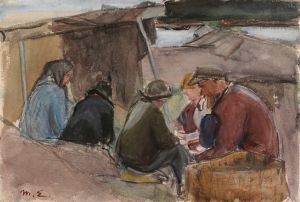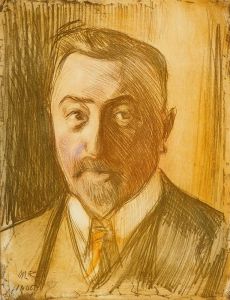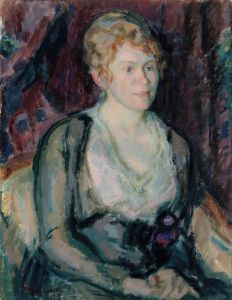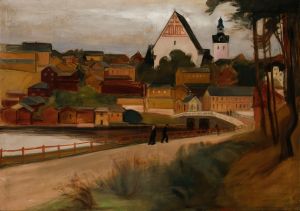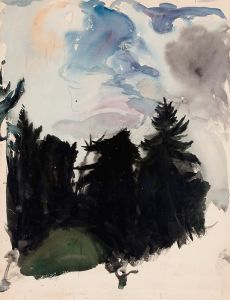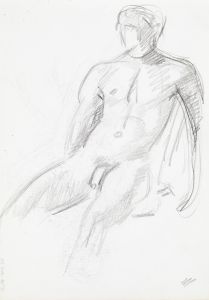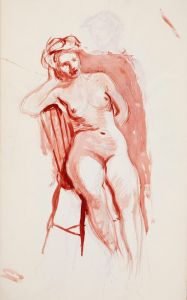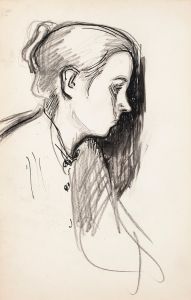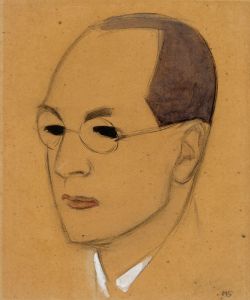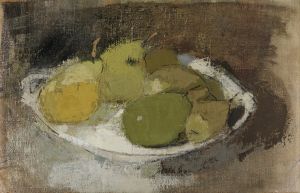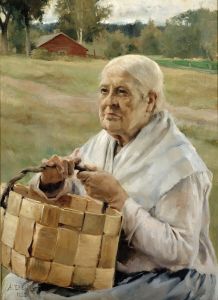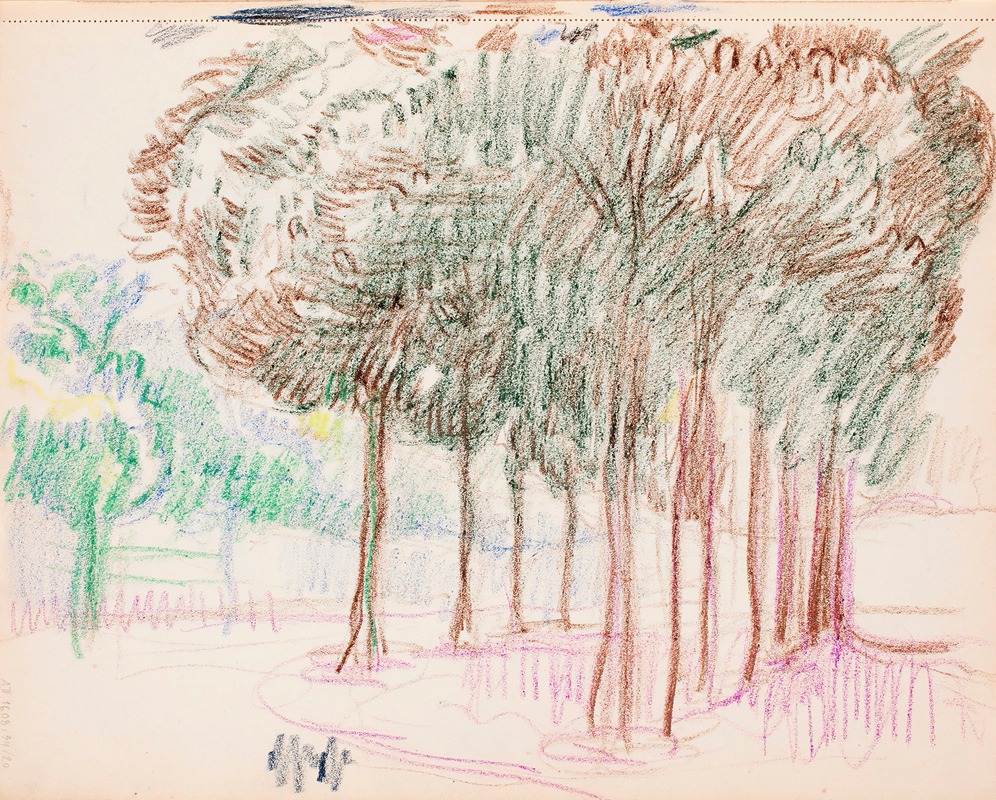
Maisema, puita
A hand-painted replica of Magnus Enckell’s masterpiece Maisema, puita, meticulously crafted by professional artists to capture the true essence of the original. Each piece is created with museum-quality canvas and rare mineral pigments, carefully painted by experienced artists with delicate brushstrokes and rich, layered colors to perfectly recreate the texture of the original artwork. Unlike machine-printed reproductions, this hand-painted version brings the painting to life, infused with the artist’s emotions and skill in every stroke. Whether for personal collection or home decoration, it instantly elevates the artistic atmosphere of any space.
Magnus Enckell was a Finnish symbolist painter, known for his significant contributions to Finnish art in the late 19th and early 20th centuries. One of his notable works is "Maisema, puita," which translates to "Landscape, Trees" in English. This painting exemplifies Enckell's unique approach to capturing the essence of nature through a symbolist lens.
Enckell was born on November 9, 1870, in Hamina, Finland. He studied at the Drawing School of the Finnish Art Society in Helsinki and later continued his studies in Paris, where he was influenced by the symbolist movement. This movement sought to express ideas and emotions through symbolic imagery, often characterized by a focus on spirituality, dreams, and the inner workings of the mind.
"Maisema, puita" is a reflection of Enckell's symbolist tendencies, where he often employed a subdued color palette and simplified forms to evoke a sense of tranquility and introspection. The painting features a serene landscape dominated by trees, which are a recurring motif in Enckell's work. Trees, in his paintings, often symbolize life, growth, and the connection between the earthly and the spiritual realms.
Enckell's approach to landscapes was not merely about depicting nature as it appeared but rather about conveying a deeper, often personal, interpretation of the natural world. His landscapes are imbued with a sense of stillness and contemplation, inviting viewers to engage with the scene on an emotional and intellectual level.
Throughout his career, Enckell's style evolved, and he became known for his use of light and color to create mood and atmosphere. In "Maisema, puita," the interplay of light and shadow is subtle yet effective, enhancing the overall sense of calmness and reflection. The painting's composition is balanced, with the trees serving as both a focal point and a frame for the landscape beyond.
Enckell was a prominent figure in the Finnish art scene and played a crucial role in the development of modern art in Finland. He was a member of the Septem group, which was instrumental in introducing modernist ideas to Finnish art. His work, including "Maisema, puita," reflects a transition from the more traditional, academic styles of the 19th century to the innovative and expressive approaches of the 20th century.
In addition to his landscapes, Enckell is also known for his portraits and religious-themed works. His ability to convey emotion and spirituality through his art made him a key figure in the symbolist movement in Finland. Enckell's influence extended beyond his paintings, as he was also involved in art education and served as a mentor to younger artists.
"Maisema, puita" remains an important piece within Enckell's oeuvre, showcasing his mastery of symbolist techniques and his deep connection to the natural world. The painting continues to be appreciated for its aesthetic beauty and its ability to evoke a sense of peace and introspection.
Magnus Enckell passed away on November 27, 1925, in Stockholm, Sweden, but his legacy endures through his contributions to Finnish art and his influence on subsequent generations of artists. His works, including "Maisema, puita," are held in high regard and continue to be studied and admired for their artistic and historical significance.






